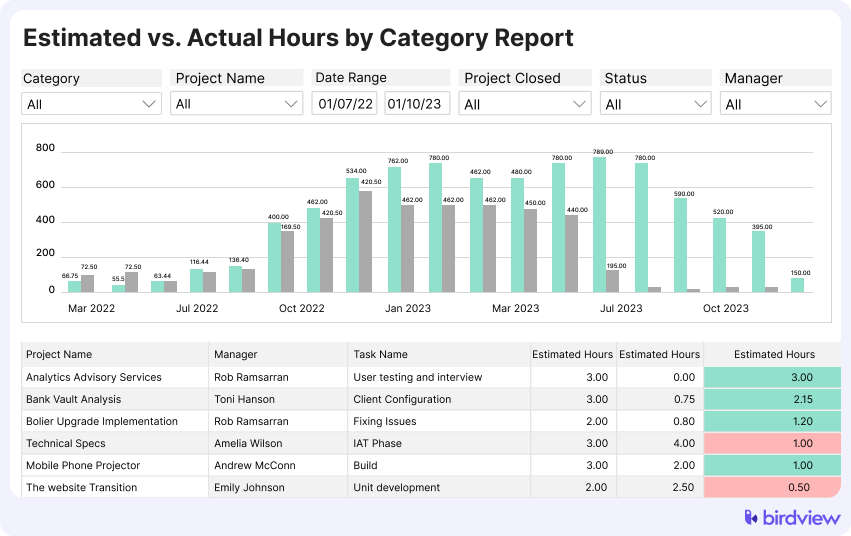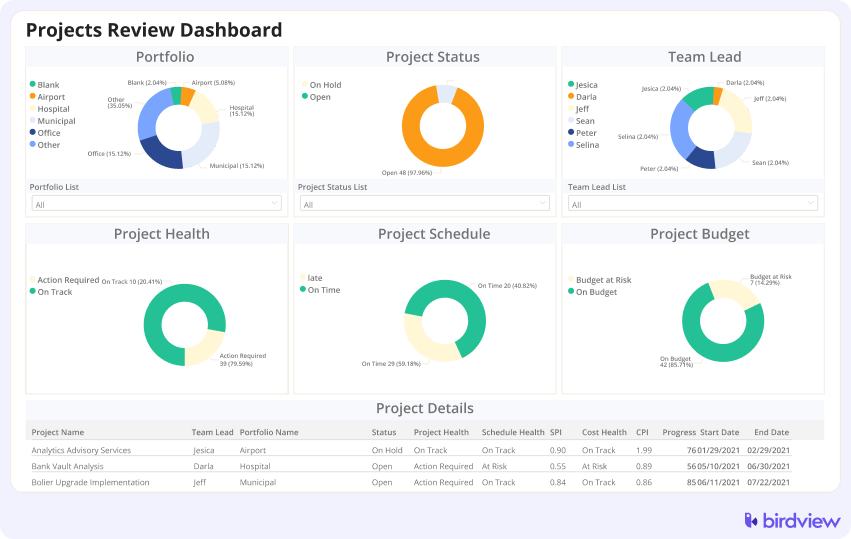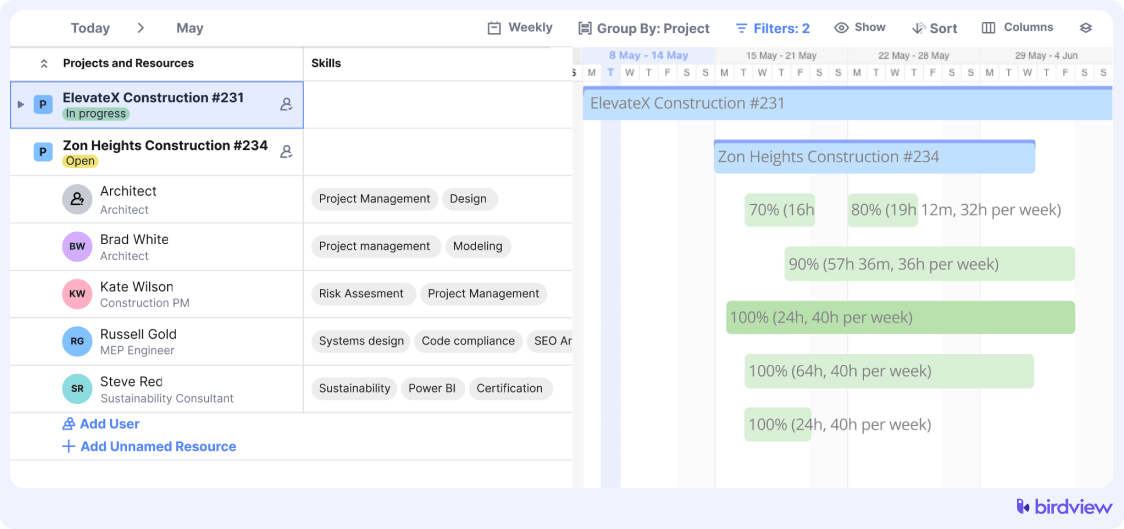Before we start talking about Estimated Hours, we should first discuss Actual Hours. So if you have never tracked time spent on jobs, the whole concept of estimated hours is probably quite foreign to you. So let‘s start with some definitions.
Estimated Hours – the amount of time you think it‘s going to take someone to complete a task or a project.
Actual Hours – the real amount of time it took to finish that task or project.

Essential time log reports
Estimated Hours vs. Estimated Duration
Keep in mind that Estimated and Actual hours should not be confused with Estimated or Actual Duration. The latter is the number of calendar days that were planned/spent on a task.
Because people are usually working on multiple tasks at any given time, it‘s quite common to see a situation when a task takes 3 days to complete (actual duration), but requires less than 8 hours of actual efforts (actual hours).
In order to know the actual hours spent on a task, one should track their time. There are various ways and different tools to track time and we‘ll certainly cover this topic in the future. But for now, let‘s assume that you and your team have been recording your time religiously. That‘s where Estimated Hours come into play and bring lots of benefits to you as a project manager. Here are the top 3...
Benefit #1: Preventing going over a budget
During the planning phase please make sure that your team provides estimated hours for each and every task in your project. Then you‘ll be able to compare those numbers against a running summary of the actual hours spent by your team and easily detect any possible budget overrun.
Benefit #2: Earned Value Analysis
A more advanced way to monitor your project health is to use a method called Earned Value Analysis (EVA). It takes into account your project progress, estimated hours, and actual hours and provides you with a visual indication of your project performance.
To get the most out of EVA, consider integrating it with your project management software. Many tools, such as Birdview, can automatically calculate key EVA metrics, such as Cost Performance Index (CPI) and Schedule Performance Index (SPI), giving you real-time insights into where your project stands. Additionally, setting thresholds for these metrics can help you identify when corrective actions are needed, keeping the project on track.

How to calculate EVA
Benefit #3: Historical data for future planning
The history of Estimated and Actual Hours for the completed projects is invaluable as a forecasting tool. There are many great use cases for it. Here are just a couple:
- Sometimes a new project comes along that is similar to what you already dealt with in the past. By reviewing the estimated and actual hours from the previous project you can learn from the past planning mistakes (if any) and provide a more accurate and realistic estimation this time.
- If you let the team members responsible for the tasks do their own estimation (which, by the way, is a very good practice), after a while you can learn how accurate they are with their estimates and add an appropriate amount of “padding” to their assessments. For some reason it‘s always “add” and never “deduct”.
Moreover, analyzing historical data can also help in resource allocation. For instance, if you notice that certain tasks consistently require more hours than estimated, you might consider assigning additional resources or even specialized team members to those tasks in future projects. This way, your planning becomes more refined, leading to smoother project execution.

As you can see, using Estimated Hours properly is instrumental to your project success. So go ahead and try this practice with your next project!
Questions? Ask away using the comments section below
This post is a part of our on-going Project Management 101 series.




